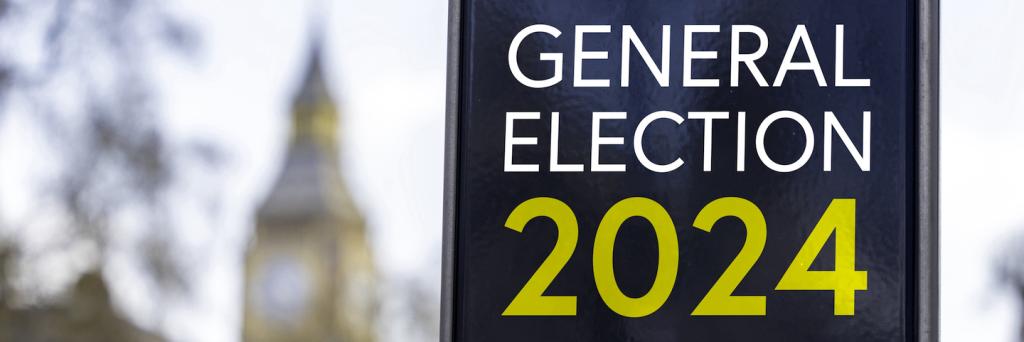A “landslide”. An election “earthquake”. The headline results of the UK general election, on 4 July, certainly are striking. The Conservative party, who spent the last 14 years in power, lost just over two-thirds of their seats, winning 121 seats in the worst result in their history. The Labour Party, by contrast, doubled their tally, winning 411 seats (not including the Speaker of the House).
Oddly enough, these metaphors – which give a sense of a dramatic shift in the political terrain – are being used to describe a victory for the stability candidate. Sir Keir Starmer, the leader of the Labour Party, ran on a platform of bringing an end to the “chaos” of Conservative rule. A lawyer and former chief prosecutor of the country, he is described as “bland” and “boring”. He certainly did not campaign as a political radical – perhaps betting that the electorate might be fed up of the political instability of previous years, from Brexit, to Covid-19, to the parade of five Prime Ministers in six years. Stability was the “change” he promised – and with it, a claim to reject polarised politics (committing to “country first, party second”). The results were hailed both within and outside the country as a return to stability, and a rejection of radicalism.
Looking beyond the headline figures reveals a more complex picture, however – and some challenges that lie in wait for the new government. UK general elections have a “first-past-the-post” system, which does not reward national vote share. The Labour Party increased their national vote share by 2% - from around 32% in 2019 to 34% in 2024 – yet still doubled their seats. The Reform Party – a new group to the right of the Conservatives – won 14% of the vote, and with it five seats, while the centrist Liberal Democrats won 12% of the vote, and 72 seats. Regional parties, too, had mixed fortune, from the success of nationalist parties in Northern Ireland to the collapse in support for the Scottish National Party – unsettling the constitutional picture of the UK.
The overall picture from the election is one of political fragmentation – especially on the right of the political spectrum – that has underwritten this landslide. This is coupled with extremely low levels of trust in government and the political process. Taken together, it seems that the public wanted to remove the incumbent government; it is less clear whether they have delivered a clear mandate to the new government, and if so, for what.
Thus, while the coverage of the election has interpreted the results as pointing to the return of political stability, the tectonic forces beneath it may well continue to push in the direction of political volatility. Low trust and a fragmented polity may not be ideal conditions for the sort of technocratic centrism that Starmer’s policies represent – especially the headline ones whose effects may only be felt in the medium-term, such as homebuilding. The public’s appetite for populist and radical politics has yet to be tested. Don’t turn your seismographs away from the UK’s political terrain just yet.



